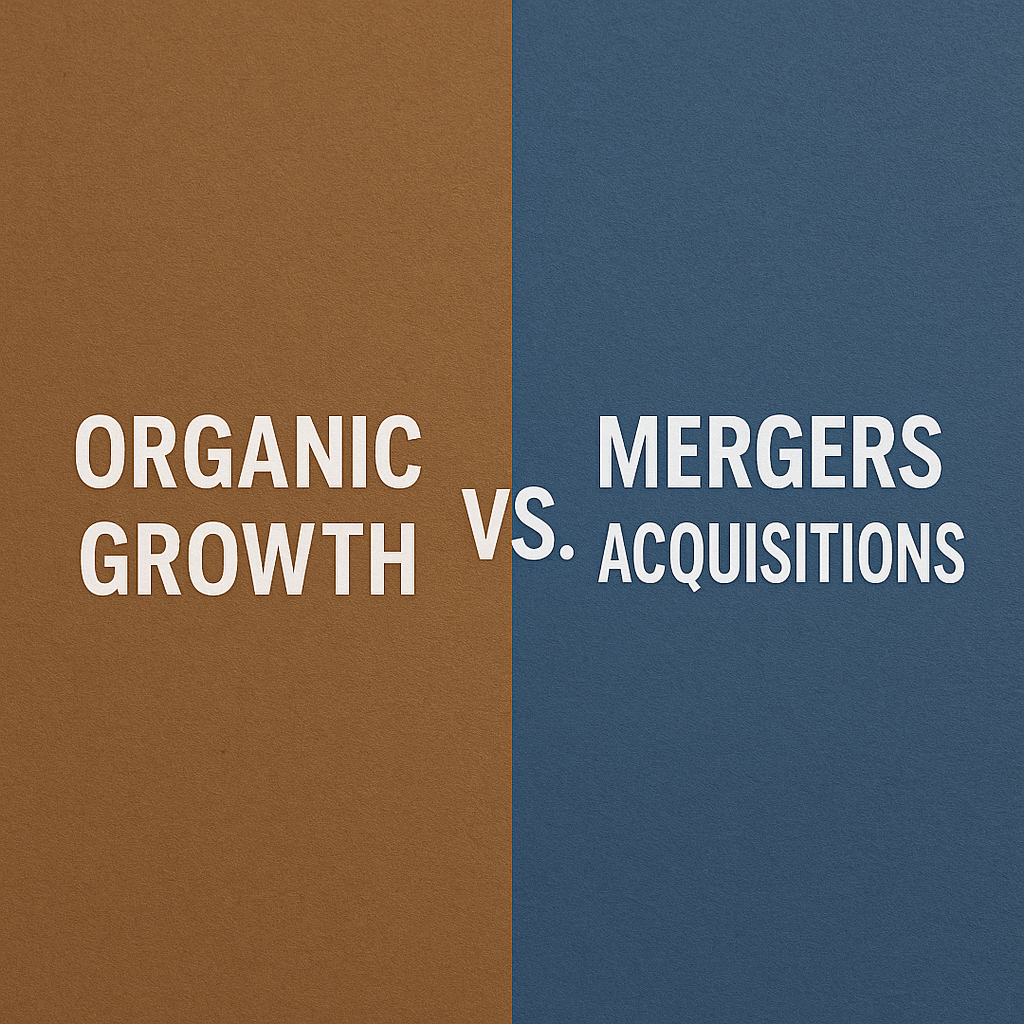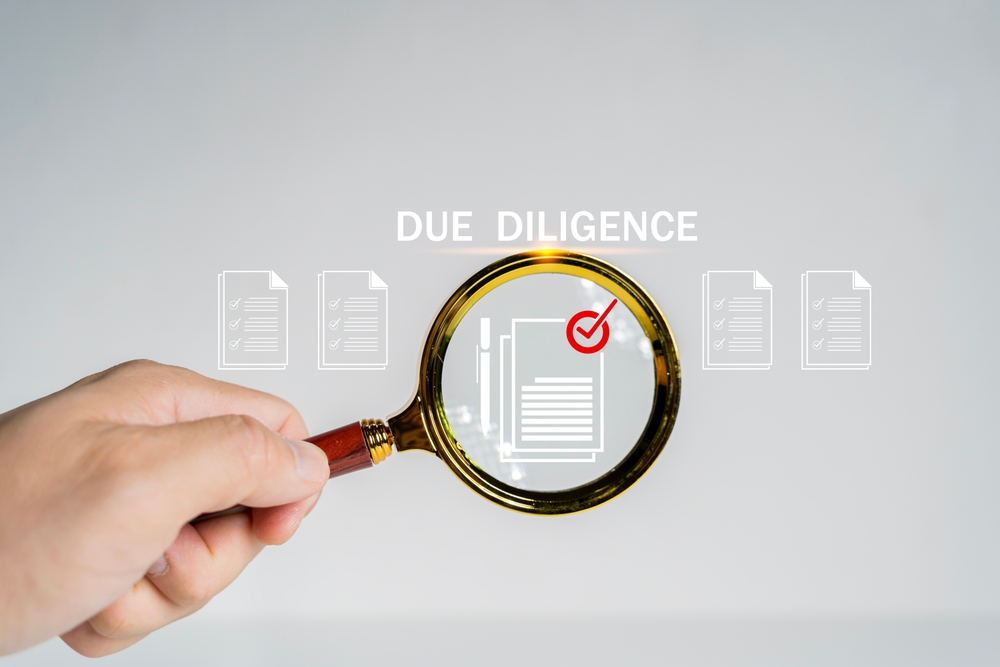Private Company Valuation Guide: How To Calculate What Your Business Is Really Worth
Understanding how to value a private company is essential, whether you’re preparing for a sale, securing investment, planning a leadership...
Mergers and acquisitions (M&A) are integral strategies for businesses aiming to grow, diversify or achieve strategic goals. However, these complex transactions come with inherent risks. To avoid them, merger and acquisition due diligence is crucial.
M&A due diligence is the rigorous process that helps stakeholders identify these risks and make informed decisions. This comprehensive review examines the financial, legal, operational, and strategic aspects of the target company to ensure an accurate understanding of its standing.
Keep reading to explore the theoretical and practical nuances of due diligence in mergers and acquisitions.
M&A due diligence is a thorough investigation conducted by a buyer to understand a target company’s condition and potential liabilities. The process serves multiple purposes:
One of the primary objectives of due diligence is to identify potential risks that could impact the success of the merger or acquisition. These risks may be financial, legal, operational, or strategic in nature.
Due diligence helps the buyer verify the accuracy of the information provided by the target company. This includes financial statements, contracts, intellectual property, employee agreements, and other critical documents.
Effective post-merger integration is critical to realizing the full potential of the acquisition. Due diligence provides insights into the target company’s culture, systems, processes, and operations, allowing the buyer to plan for a smooth transition.
Determining the accurate value of the target company is an important aspect of any M&A transaction. Due diligence in merger and acquisition uncovers hidden liabilities, such as pending litigation or undisclosed debts, and assesses the actual value of the company’s assets.
Armed with the detailed information gathered during the M&A due diligence, the buyer can negotiate favorable terms more easily. This includes adjusting the purchase price, structuring the deal to account for identified risks and negotiating warranties and indemnities to protect against future liabilities.
Each type of due diligence in merger and acquisition is designed to evaluate different facets of the company so that the buyer understands the risks, opportunities, and value of the acquisition. Below are the key types typically conducted in M&A transactions, along with a detailed merger and acquisition due diligence checklist that covers all areas of investigation:
Financial due diligence involves an in-depth review of the target company’s financial records. The objective is to assess the organization’s financial health, verify the accuracy of its financial statements and evaluate the sustainability of its revenue streams and profitability.
Legal due diligence in merger and acquisition transactions examines the target company’s legal framework. This includes thoroughly reviewing legal contracts and agreements and complying with relevant laws and regulations. It also investigates potential litigation, intellectual property rights, licenses, permits, and any legal liabilities that could impact the transaction.
Operational due diligence evaluates the target company’s day-to-day operations. The goal is to identify any operational inefficiencies or risks affecting the company’s ability to generate value post-acquisition. This also helps plan the integration of the target company’s operations with the buyer’s.
Commercial due diligence is focused on understanding the market position of the target company. This assesses whether the target company is well-positioned for growth in its industry and identifies potential opportunities and threats in the market. The insights gained are crucial for validating the strategic rationale behind the acquisition.
Technical due diligence in merger and acquisition transactions investigates the target company’s technology stack. This ensures that the company’s technology infrastructure is robust, scalable, and capable of supporting future growth. It also evaluates the company’s research and development (R&D) efforts and intellectual property portfolio to determine their contribution to its overall value.
Environmental due diligence is essential for assessing the target company’s compliance with environmental regulations and identifying potential environmental liabilities. It is necessary for industries with significant ecological impact, as non-compliance or undisclosed environmental issues can result in costly penalties and reputational damage.
The due diligence process is systematic and typically follows these steps:
The first step in the M&A due diligence process is to form a multidisciplinary team. Each member should clearly understand their role and responsibility within the due diligence framework. A well-rounded team ensures that all aspects of the target company are thoroughly examined.
Defining the scope of due diligence in merger and acquisition transactions is crucial. This involves outlining the specific areas that need to be investigated based on the nature of the deal, the industry, and the target company’s size and complexity. A clear scope ensures that the due diligence process is focused and efficient.
The timeline should be carefully planned to allow enough time for a comprehensive investigation without delaying the overall transaction. Coordinating with the target company is vital to ensure all necessary documents and information are provided within the agreed-upon timeframe.
A crucial part of due diligence in merger and acquisition is gathering information from the target company. This is done by sending a comprehensive information request list covering all business aspects. The information request should be tailored to the specific needs of the deal and aligned with the defined scope.
Once the data is collected, the due diligence team thoroughly reviews all requested documents. This review is critical for identifying any inconsistencies, discrepancies, or areas of concern.
In addition to reviewing documents, conducting interviews with key management and employees is an integral part of due diligence in M&A. These interviews provide insights into the company’s culture, management effectiveness, operational challenges, and strategic goals. They also help clarify any ambiguities or concerns identified during the document review.
Performing site visits allows the M&A due diligence team to get a firsthand look at the target company’s operations, facilities, and infrastructure. Site visits are beneficial for assessing the condition of physical assets, understanding the operational environment, and observing the company’s day-to-day activities.
After the analysis, the due diligence team compiles a detailed report summarizing the findings. This document is a comprehensive tool for stakeholders to understand the target company’s overall condition.
The M&A due diligence team provides actionable recommendations to stakeholders. These may include suggestions for mitigating identified risks, strategies for integrating the target company, or adjustments to the deal structure.
Another crucial step in the M&A due diligence process is to weigh the identified risks against the strategic benefits of the acquisition. This involves assessing whether the potential risks can be managed or mitigated and determining whether the acquisition aligns with the buyer’s strategic goals.
The insights gained from the due diligence process play a vital role in negotiations. The buyer can use the findings to negotiate better deal terms, such as a lower purchase price, additional warranties, or indemnities to protect against future liabilities.
The buyer must decide whether to proceed with the transaction based on the comprehensive due diligence report. This go or no-go decision is critical and should be based on a thorough evaluation of the due diligence findings, the strategic fit of the acquisition, and the overall risk profile of the deal.
In mergers and acquisitions, due diligence is more than just a step in the process—it’s the cornerstone of a successful transaction. Following a merger and acquisition due diligence checklist can help, but it’s best to partner with experienced professionals. At Wilcox Investment Bankers, we fully grasp the complexities and nuances of each deal. Our comprehensive M&A advisory services manage the entire process, guiding you through every phase from start to finish. With a focus on delivering results that align with your strategic goals, we ensure a seamless, and efficient experience.
Choose Wilcox Investment Bankers as your trusted partner in industrial M&A due diligence and gain the confidence that your transaction is in expert hands. Contact us today to discover how we can help you overcome the challenges of your next merger or acquisition.

Understanding how to value a private company is essential, whether you’re preparing for a sale, securing investment, planning a leadership...

Growth is a top priority for small business owners. Whether you’re capitalizing on early success or aiming to scale, your chosen growth strategy...

Mergers and acquisitions (M&A) are powerful strategies that enable businesses to grow and adapt. While the potential benefits of M&A are...

5 min read
Mergers and acquisitions (M&A) offer businesses strategic opportunities to expand their capabilities, gain market advantages, or reduce costs....

Middle-Market M&As Continue Strong Activity Level Wilcox Investment Bankers is pleased to share our Middle-Market Merger & Acquisition Monthly for...

Demand for Commercial & Industrial Deals Remains High; M&A Market is Strong Wilcox Investment Bankers is pleased to share our M&A Quarterly –...
